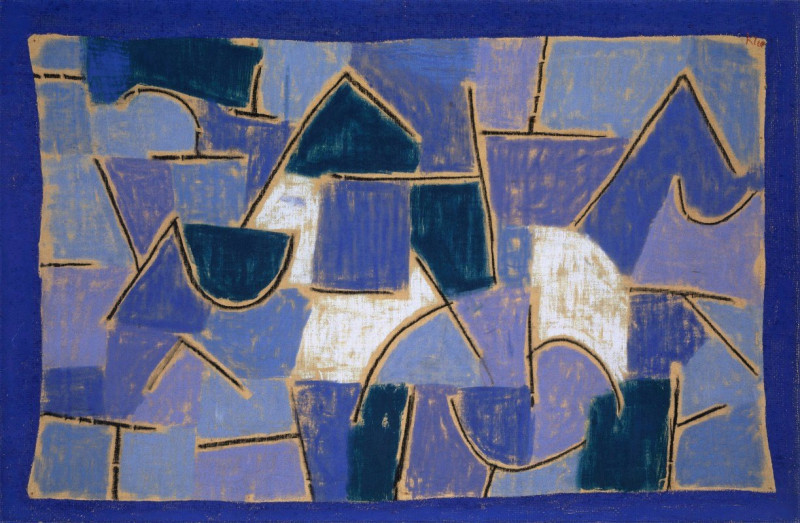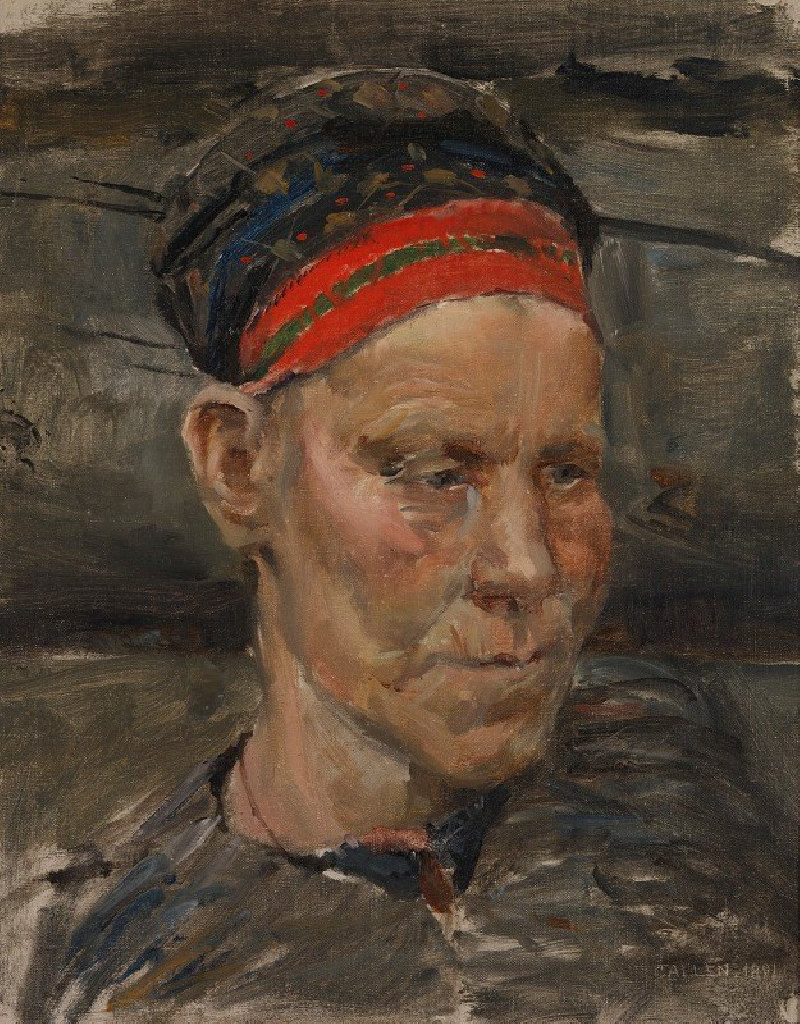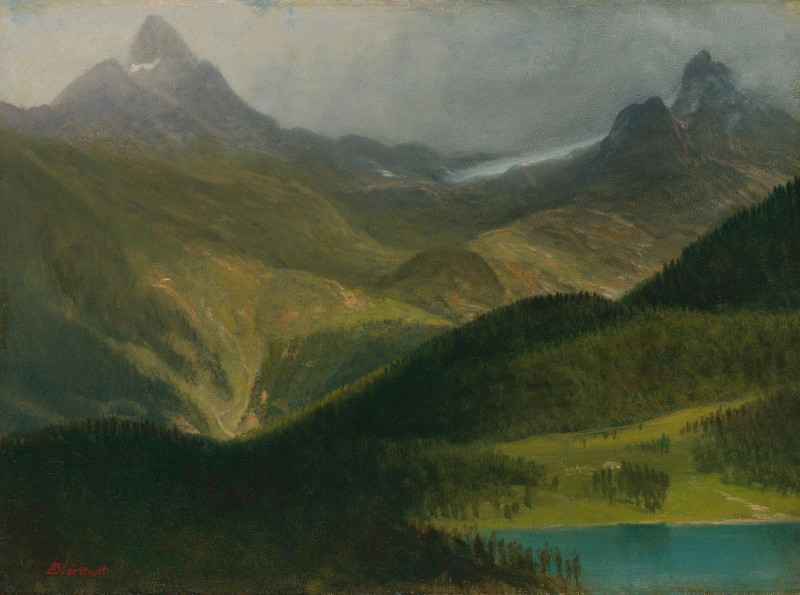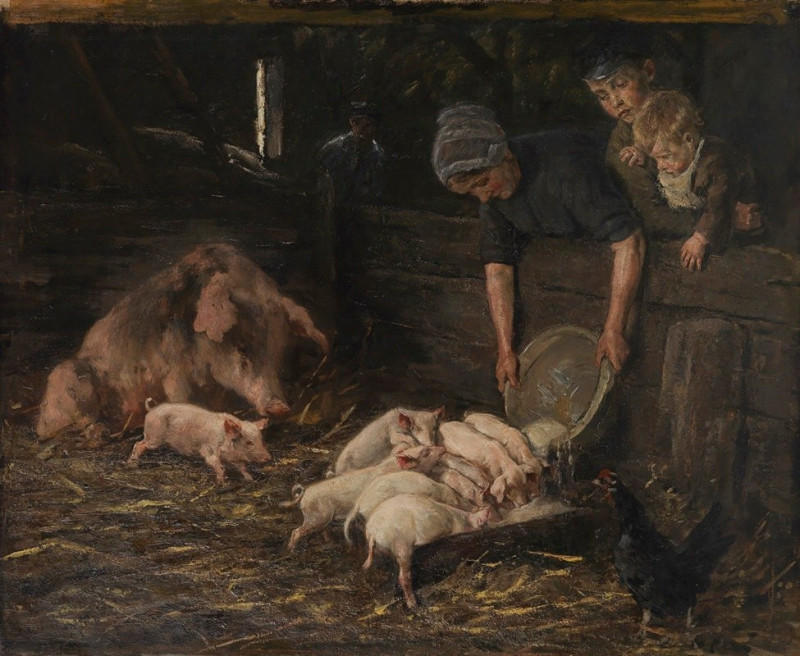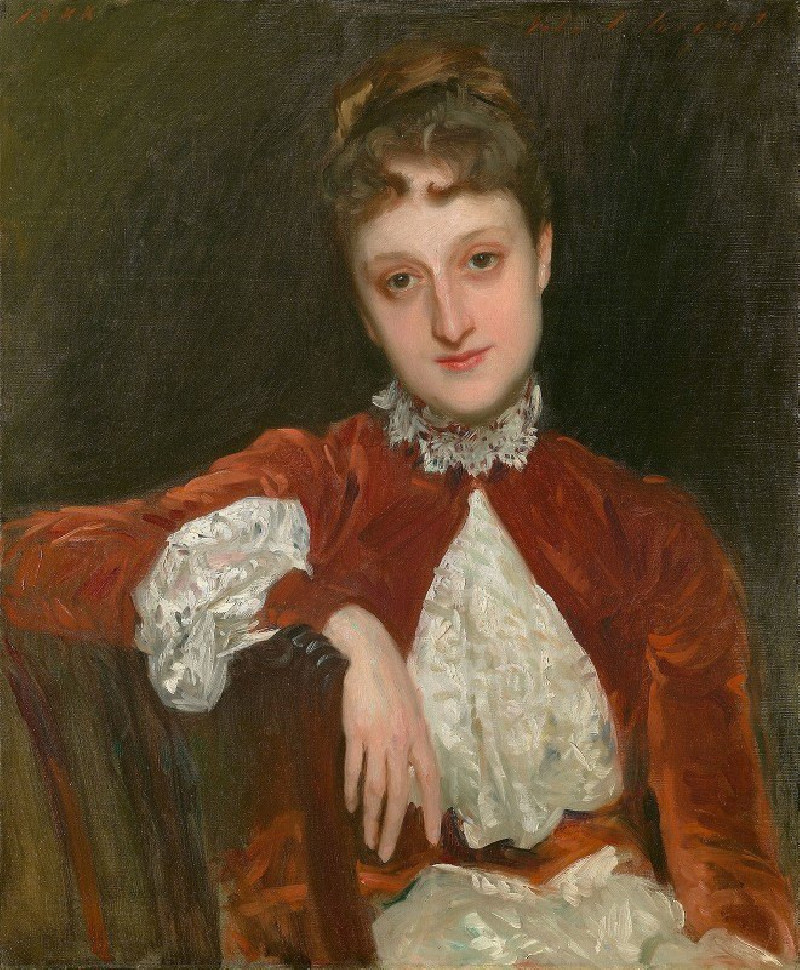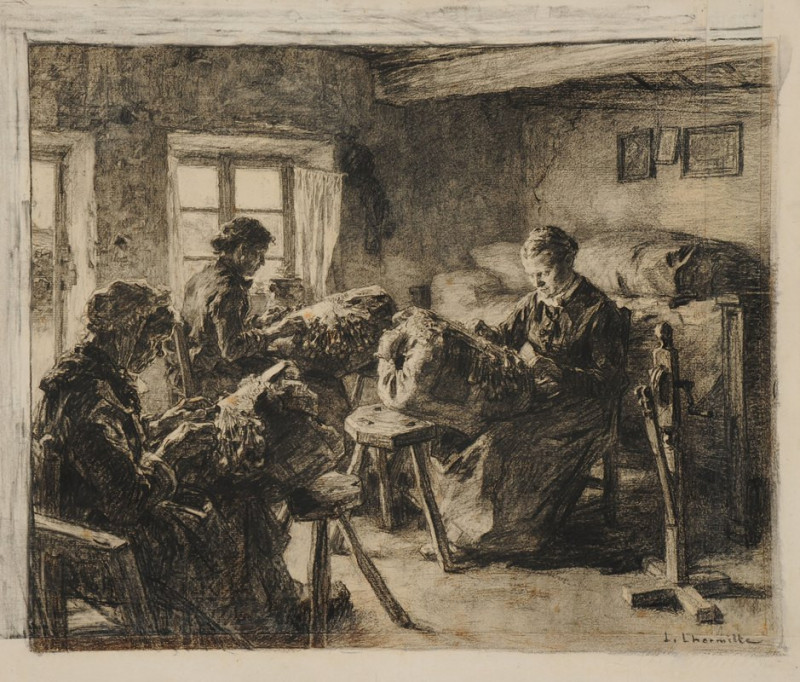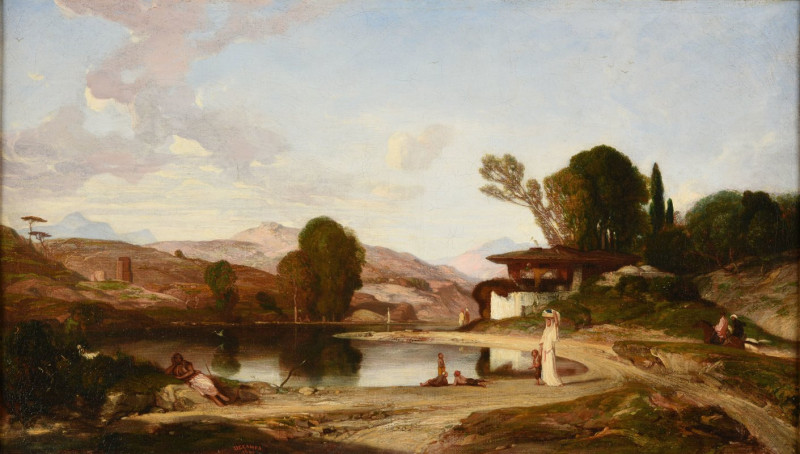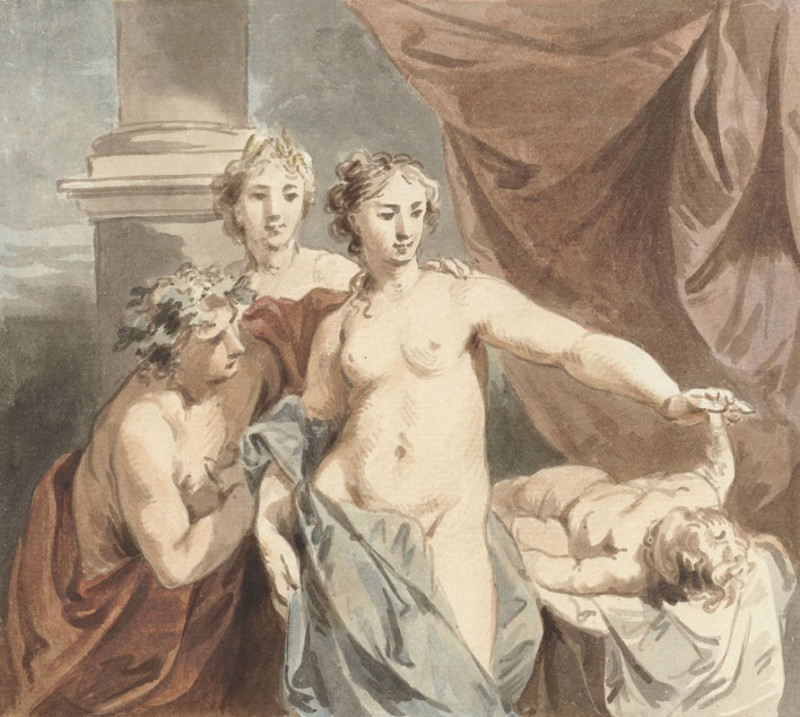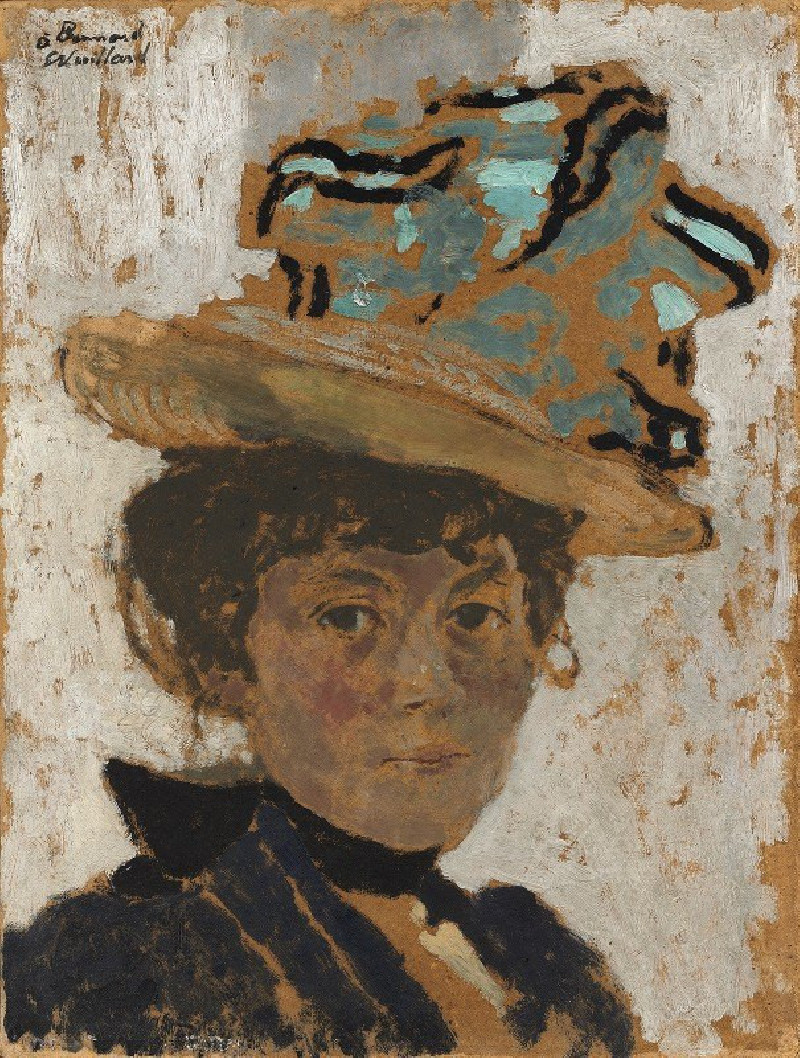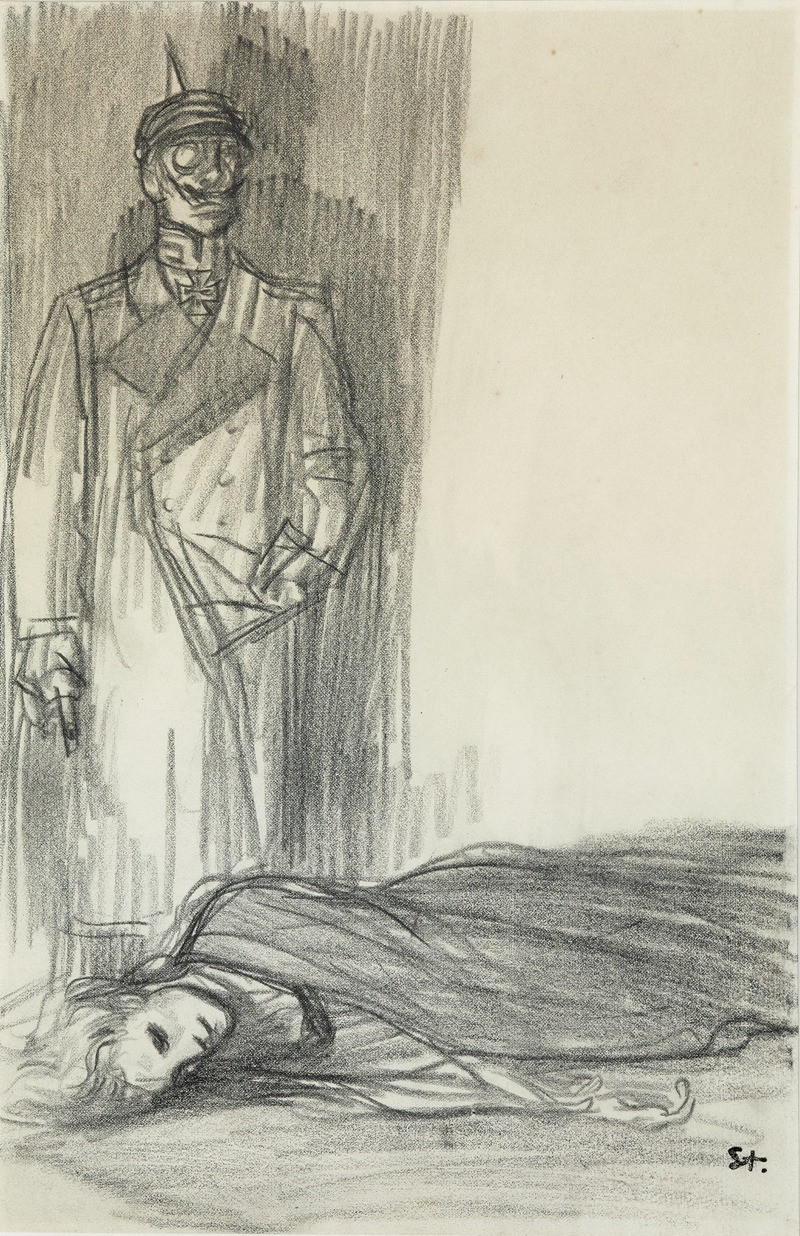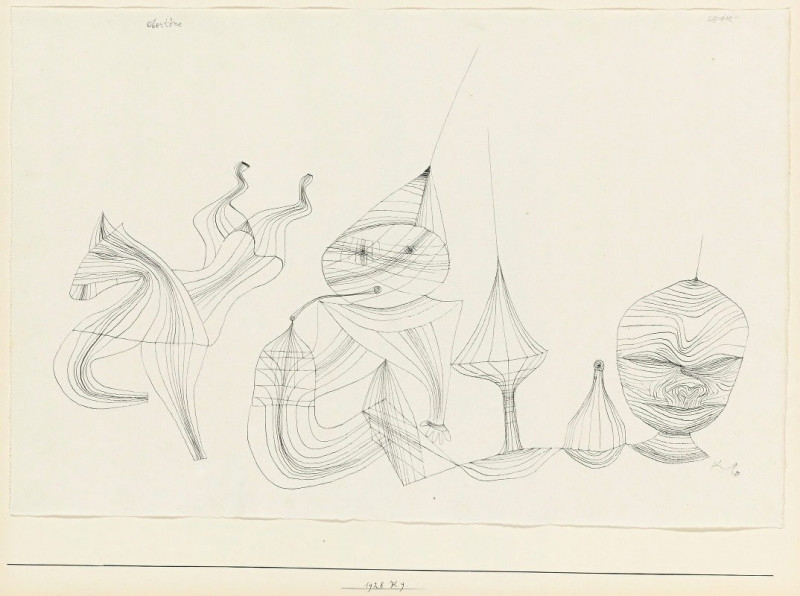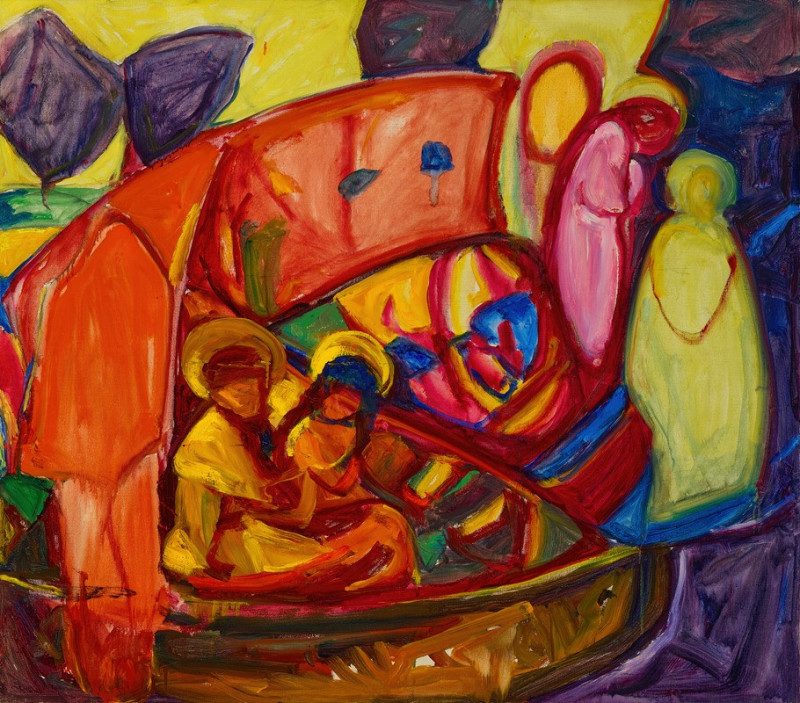Blue night (1937)
Technique: Giclée quality print
Recommended by our customers
More about this artwork
Welcome to our exploration of Paul Klee's "Blue Night," painted in 1937. This captivating work is a prime example of Klee's unique style, which often bridges abstraction and figuration.In "Blue Night," viewers are immersed in a dreamscape of bold blues and subtle, contrasting hues. The painting showcases a series of geometric shapes and lines, perhaps evoking the silent, mystic quality of a cityscape at night or the tranquil depths of a nocturnal sea. The deep blues dominate, perhaps suggesting the vastness and depth of the night sky, while lighter blues and whites could represent the faint glow of moonlight piercing through darkness.Klee masterfully employs color and form to evoke mood and place, constructing a composition that is as enigmatic as it is beautiful. The varying intensities of blue, interplayed with the structured yet seemingly floating geometric shapes, invite viewers to lose themselves in contemplation. This artwork is not just seen; it is felt."Blue Night" exemplifies Klee’s ability to conjure emotion through abstraction, making it a significant piece for both admirers of modern art and those new to Klee's oeuvre.
Delivery
Returns
Paul Klee was a Swiss-born German artist. His highly individual style was influenced by movements in art that included expressionism, cubism, and surrealism. Klee was a natural draftsman who experimented with and eventually deeply explored color theory, writing about it extensively; his lectures Writings on Form and Design Theory (Schriften zur Form und Gestaltungslehre), published in English as the Paul Klee Notebooks, are held to be as important for modern art as Leonardo da Vinci's A Treatise on Painting for the Renaissance.

